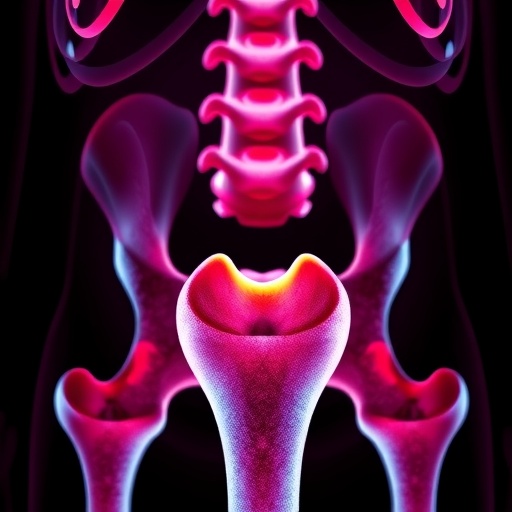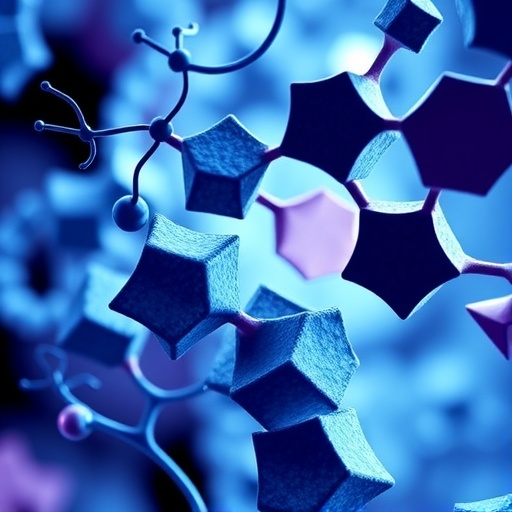PULLMAN, Wash. A critical link in mapping recurrent mutations of melanoma — the most serious form of skin cancer in humans — has been discovered by researchers at Washington State University School of Molecular Biosciences, in collaboration with researchers at Georgia State University.
In a paper published July 6 in Nature Communications, researchers established that DNA binding by a specific set of transcription factors, called ETS, is inherently mutagenic in UV-exposed cells. With new genome mapping technology, these findings provide a crucial understanding of mutations that result at ETS binding sites located in specific genes that are known to be drivers in the onset of melanoma in humans.
WSU researchers have developed a next-generation sequencing-based technology that allows them to precisely map the locations of UV-induced DNA damage throughout the whole human genome. Using this advanced technology, they generated a high-resolution UV damage map in human cells. By correlating the UV damage map with melanoma mutations, they discovered significantly elevated UV damage levels at ETS binding sites, which massively increased mutation rates at the same sites in sequenced melanoma genomes.
"UV-induced DNA damage is the major risk factor for melanoma, and DNA repair is a vital first line of defense against DNA damage to prevent mutations and cancer," stated Steven Roberts, assistant professor, WSU School of Molecular Biosciences, in WSU's College of Veterinary Medicine. "These pivotal results establish a fundamental research tool in cancer research and confirms we are on the correct course to further discovery by mapping UV damage in human cells."
###
Researchers contributing to the paper include Roberts, Peng Mao, Alexander J. Brown, Michael J. Smerdon and John J. Wyrick, all from WSU's School of Molecular Sciences; and Svetlana Lockwood, with the Paul G. Allen School for Global Animal Health; and Shingo Esaki and Gregory M. K. Poon, from Georgia State University's Center for Diagnostics and Therapeutics.
These results are the latest in a series of major findings over the past three decades that have established WSU as a leading research institution in this area of basic cancer research.
Media Contact
Laura Lockard
[email protected]
206-861-6884
@WSUNews
http://dx.doi.org/10.1038/s41467-018-05064-0




